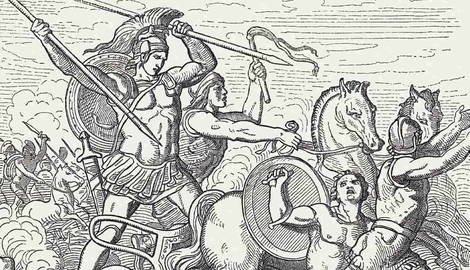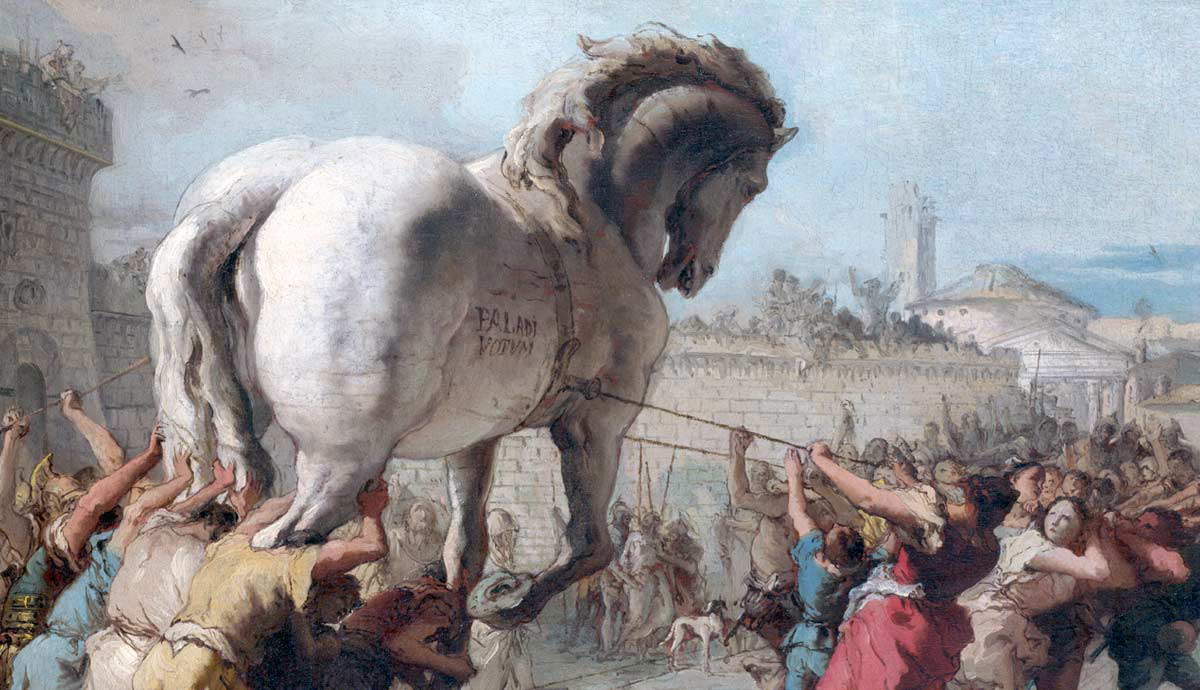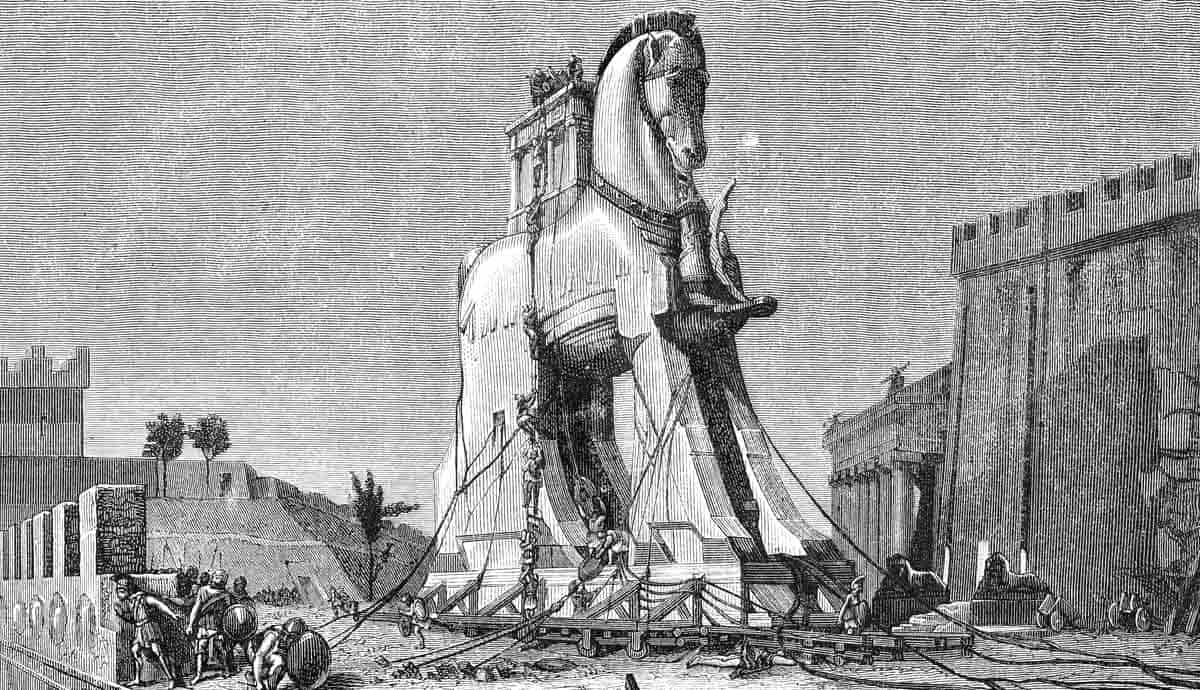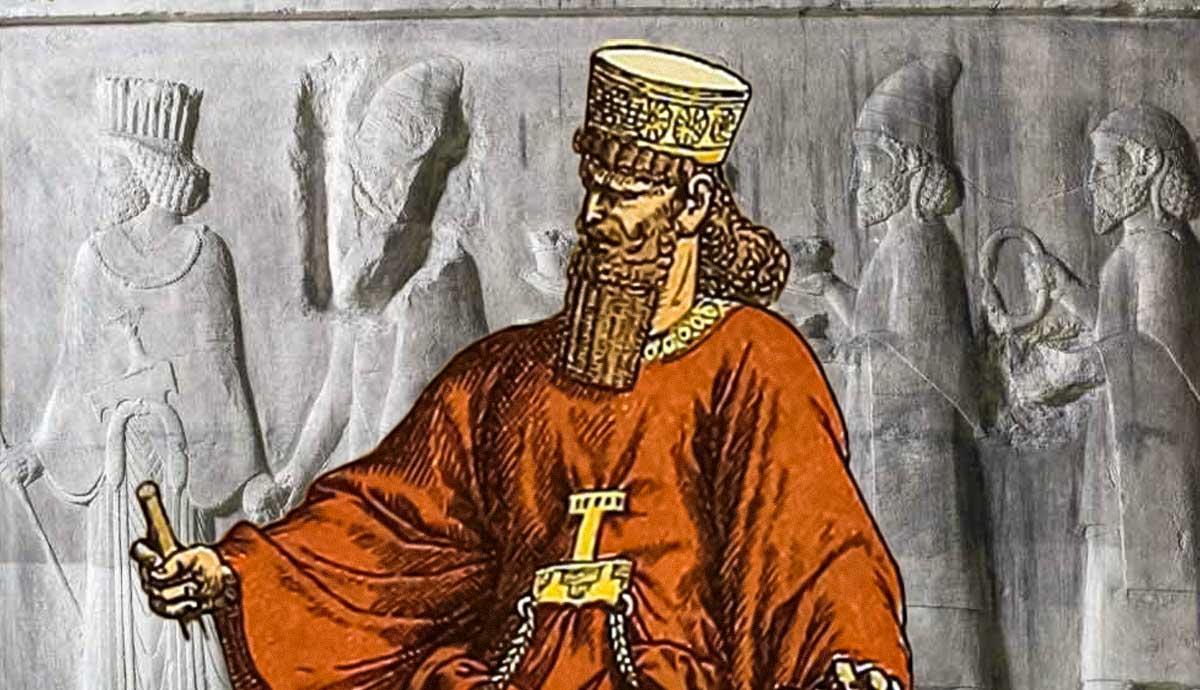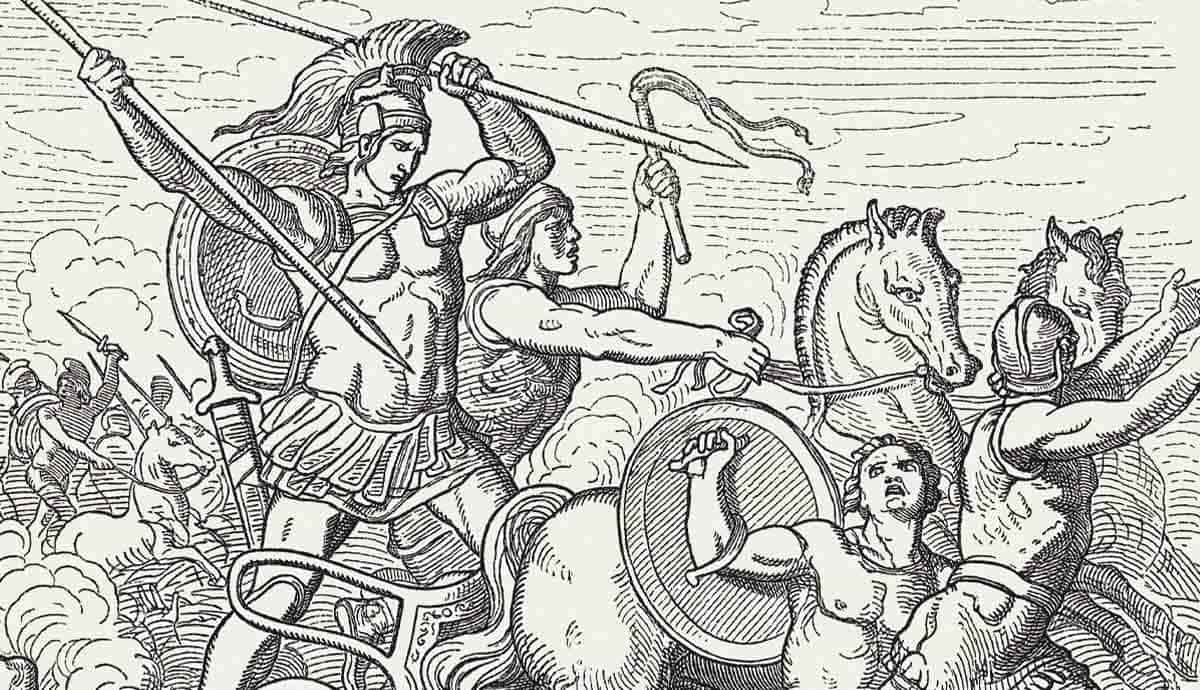
The city of Troy is most famous today for being at the center of the Trojan War. Its dramatic defeat, brought about by the deception of the Trojan Horse, reportedly led to its utter destruction. For many researchers, this story can ultimately be linked to the destruction of Troy at the end of the Bronze Age, around 1180 BCE. But what really happened to Troy after the legendary Trojan War? Let’s examine the archaeological evidence for the occupation of Troy over the centuries.
Homer’s Account of Troy After the War

The earliest written source for the Trojan War is Homer’s Iliad, probably written around 650 BCE. While being focused on the final year of the war, this source does not directly describe its destruction. Likewise, Homer does not tell us anything about what would happen to the city after the war was over. The only indication concerning this is a statement made about Aeneas, a prince of Troy. At one moment, when he is about to be killed, Poseidon intervenes and saves him. The reason for this is given as follows:
“Now verily shall the mighty Aeneas be king among the Trojans, and his sons’ sons that shall be born in days to come.” (Iliad, 20.273)
In other words, Poseidon saved Aeneas because it was the latter’s destiny to become the king of the Trojans in the future. To some, this might imply a restoration of the city after the Trojan War. However, no legendary source describes this. It appears that this is actually a reference to Aeneas leading the Trojan survivors to a new land and becoming their king there, a story that is the subject of numerous later records.
Troy at the End of the Bronze Age

Since the later records consistently portray Aeneas as becoming king of the surviving Trojans in Rome or elsewhere, this strongly implies that Troy itself was not restored. Rather, its inhabitants left it behind as a pile of ruins. Even so, this only tells us what happened right away after the fall of Troy. Does archaeology provide any further insights?
According to ancient Greek records, the traditional date for the Trojan War is around 1200 BCE. For instance, the 5th-century BCE historian Herodotus placed it about 800 years before his own time. This ties in well with the destruction layer at Hisarlik, the site of ancient Troy, dating to around 1180 BCE.
In reality, there are good reasons for doubting the traditional date for the Trojan War. Historians such as Nikos Kokkinos, Mark Morford, and Robert J. Lenardon have argued that it may have actually occurred centuries later. Nevertheless, archaeology suggests that a conflict at Troy occurred around 1180 BCE, though it may have had nothing to do with the Greeks.
Troy in the Greek Dark Ages

After the fall of Troy in 1180 BCE, it appears that it was inhabited again almost immediately. Directly above this destruction layer, archaeologists have found pottery that appears to have originated in the Balkans. This may suggest that the destruction which occurred at that time was connected to the arrival of the Phrygians, who were said to have migrated from the Balkans to Anatolia. Nevertheless, this is only speculative. In any case, this subsequent layer of the city, which may have been inhabited by the precursors of the Phrygians, is called Troy VIIB.
This stage of Troy’s history lasted from about 1180 to 950 BCE. In other words, this was the Troy of the first half of the Greek Dark Ages. It is interesting to note that there is no evidence of an occupation gap between Troy VIIA and Troy VIIB, unlike what we would expect from Homer’s Iliad. This layer of Troy eventually came to an end when it was destroyed by fire around 950 BCE.
The Revival of Troy

For many years, archaeologists believed that Troy was abandoned between 950 and 700 BCE. It was thought that the latter year corresponded to when the Greeks arrived and established a small Greek colony, little more than a village, in Troy. This colony was designated Troy VIII by archaeologists. For these reasons, some modern sources refer to the idea that Homer was inspired by the uninhabited ruins of Troy that existed during his time.
In reality, modern research has demonstrated that this version of events is not accurate. In fact, pottery evidence suggests that Troy was never truly abandoned during the Greek Dark Ages, although its population clearly declined after the 950 BCE destruction event. Notably, Greek settlers arrived and made their presence felt as early as 900 BCE, just 50 years after the destruction of Troy VIIB.
About 100 years later, in 800 BCE, the city began to build up again. These new Greek settlers led to a significant revival in Troy.
The Regional Importance of Troy VIII

Notably, the grand Bronze Age walls of Troy were still standing at this time. Not only were they still standing, but they also underwent repair work in the 8th century BCE. This indicates that Troy had grown into what was once again a formidable settlement, with the manpower to restore the Bronze Age fortifications. These tall and thick citadel walls were occupied, with some houses being built inside the walls themselves.
This must have made Troy stand out among its neighbors even more than it did in the Bronze Age. Cyclopean architecture, the style used to create the grand Bronze Age walls of Troy, was generally not used after the Bronze Age. Numerous settlements were founded in western Anatolia during the Dark Ages and the early Archaic Era. For this reason, Troy VIII would have dwarfed its contemporary neighbors. Even though it was not as large as it had been in the Bronze Age, the contrast between Troy and its neighbors in the 8th century BCE must have been impressive.

Not only was Troy physically impressive at this time, but there is also evidence that it was an important center of trade, just as it had been in the Bronze Age. Towards the end of the 8th century BCE, Troy began producing a type of pottery generally known as G2/3 Ware. This pottery, originating from Troy, has been found by archaeologists on many nearby islands. Examples include Tenedos, Lesbos, Samothrace, and Lemnos. It has even been found on the shores of the Black Sea.
Based on this evidence, we can see that Troy was still functioning as a significant center of trade at the entrance to the Black Sea. In fact, this was the very era in which the Greeks made great strides in exploring that vast body of water. For this reason, it is entirely possible that Troy was even more significant from the Greeks’ point of view than it had been in the Bronze Age. One modern scholar has observed that Troy probably lost its importance as a regional center only in the 7th century BCE.
Troy Destroyed Again

What happened to Troy VIII? Due to the way in which Troy was analyzed by past generations of archaeologists, Troy VIII is considered to have continued to exist until 85 BCE. After that, Troy XI is Roman Troy. However, this categorization greatly oversimplifies the currently understood reality. The early part of Troy VIII is more distinct from the later parts than Troy VIIA is from Troy VIIB. Logically, then, we should speak of Troy VIIIA and Troy VIIIB.
What is the basis for this division? Troy VIII experienced a destruction event in approximately 650 BCE. The cause of the destruction is unknown. Some scholars believe that it was caused by an earthquake, while others believe that it was caused by a military attack. In any case, the city was completely abandoned after this destruction. A few decades later, in c. 625 BCE, the city was occupied once again. After this, it became a true Greek colony, whereas the first part of Troy VIII appears to have been an independent settlement established by Greeks.
The History of Troy After the Trojan War

In conclusion, what can we say about the city of Troy after the Trojan War? The ancient records do not provide an answer to this question. However, Homer’s Iliad tells us that the Trojans would go on to be ruled by Aeneas and his sons. Given that later records consistently speak of Aeneas as leading the Trojans elsewhere, this suggests that Troy was abandoned, at least for a time.
Archaeologically speaking, the history of the city after the destruction event of c. 1180 BCE, associated by many with the Trojan War, is well known. The city continued to be populated until 950 BCE, when Troy VIIB was destroyed in a fire. After this, its population was greatly reduced. In 900 BCE, settlers from Greece arrived, and by 800 BCE, they had begun rebuilding the city. Later, in the 8th century BCE, repair work was performed on its grand Bronze Age walls, and it regained at least some of its former glory. Then, in the 7th century BCE, it was destroyed again and left abandoned for several decades, before being rebuilt as a Greek colony.
